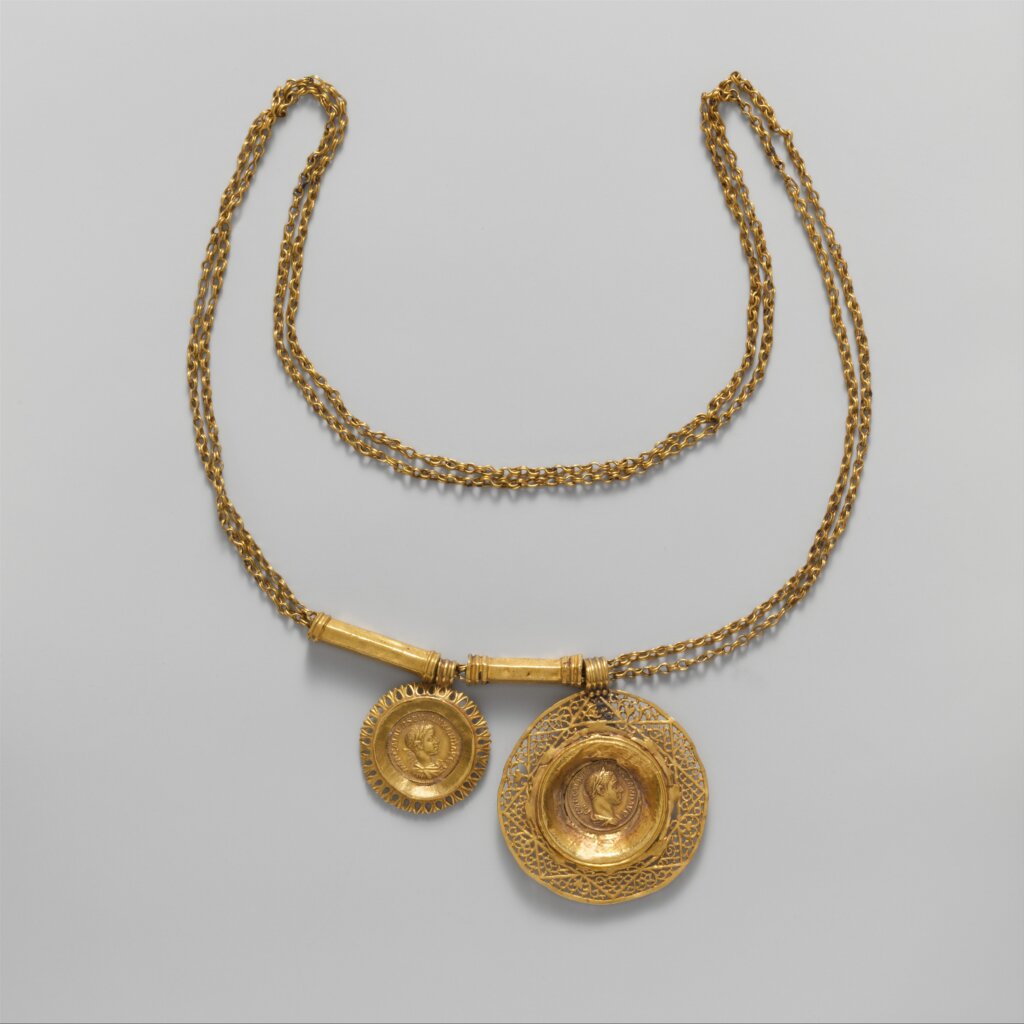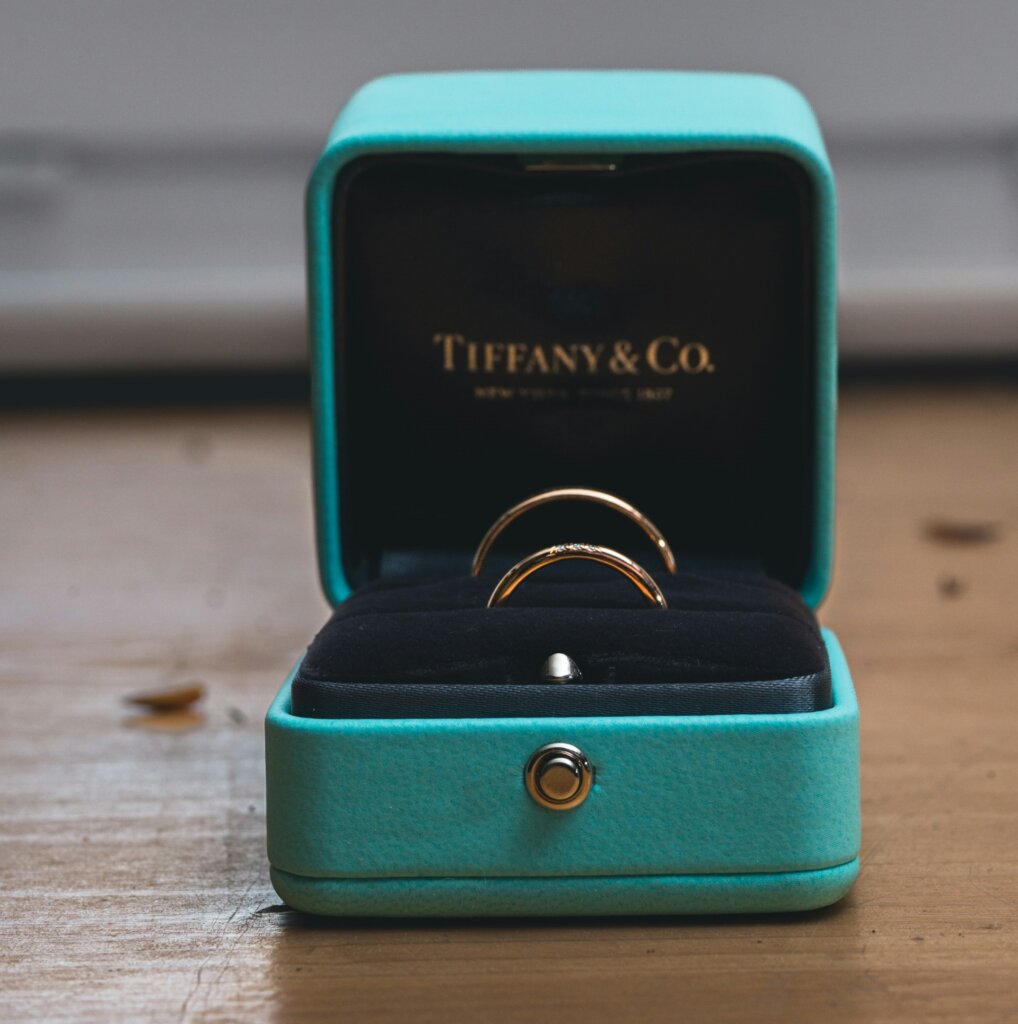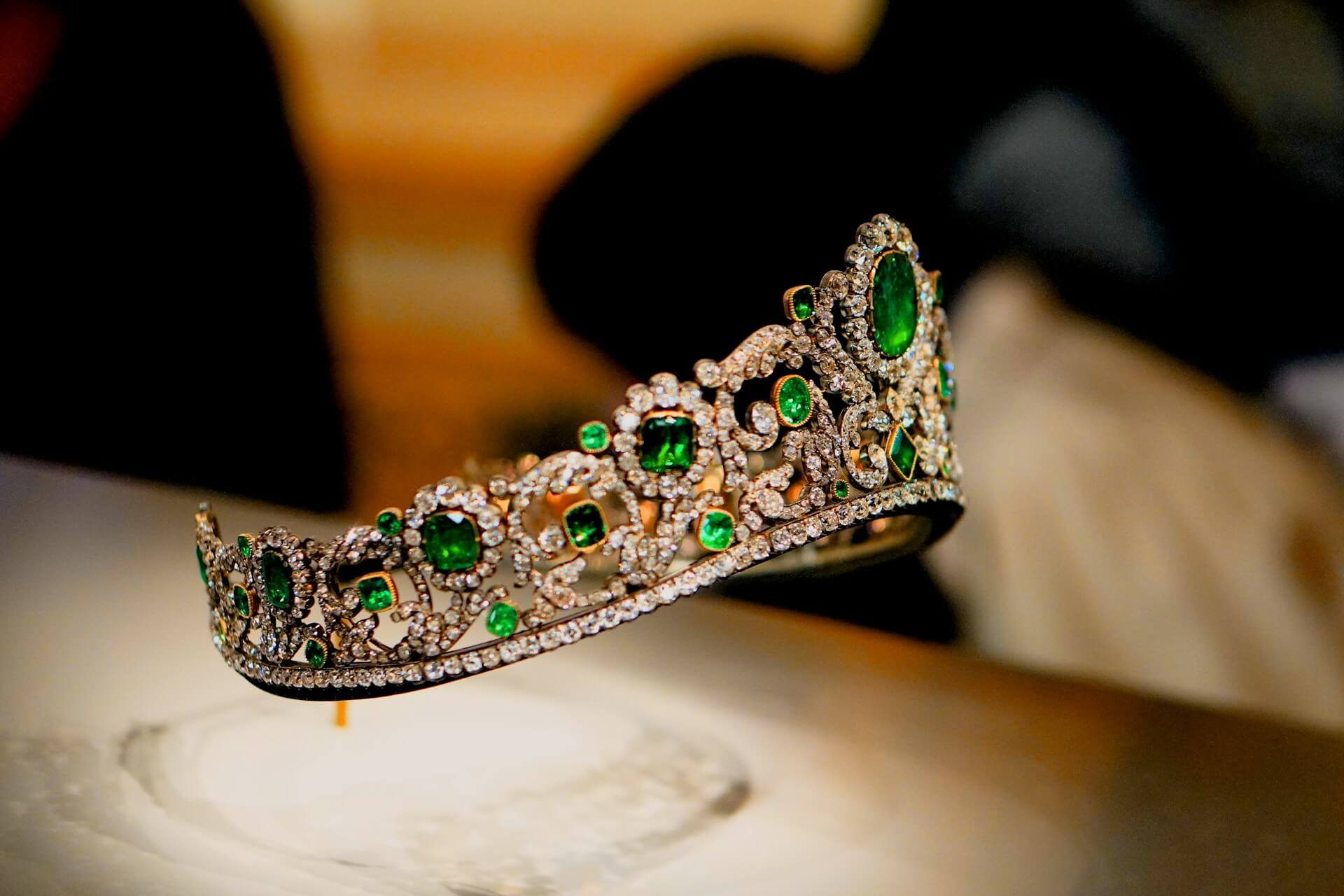Luxury has long been seen as a way of showing wealth, power, and prestige. From ancient civilizations to modern times, the concept of luxury has been shaped by economic, cultural, and technological changes. This article delves into the origins and history of luxury, exploring how luxury has changed over the years and why it has changed.
Ancient Beginnings (5000 BCE – 476 CE)
Mesopotamia and Egypt
The origins of luxury can be traced back to ancient Mesopotamia and Egypt, where the display of wealth was crucial for social status and power. In Mesopotamia, the ruling class and wealthy merchants wore finely crafted jewelry made from gold, silver, and precious stones.

Luxurious textiles, perfumes, and elaborate feasts were well-known symbols of wealth. Fashion in Mesopotamia also included meticulous grooming practices, with men and women both cutting, oiling, dyeing, and perfuming their hair or wearing wigs. Expensive perfumes and deodorants, made from aromatic plants and oils, were widely used. Both sexes regularly applied cosmetics, including lotions, mascara, eyeliner, and lip balm, reflecting the importance of personal appearance.
Persian Fashion (c. 550 BCE – 651 CE)
The Persians were known for their tendency to adopt foreign luxury customs and styles “As soon as they hear of any luxury, they instantly make it their own.”
Initially, they embraced the Median dress, which is a style that had footwear, loose trousers, a tunic(a loose-fitting shirt), a robe, jewelry, and a conical hat for court appearances. This style became a hallmark of Persian nobility, symbolizing their wealth and status.
Lower-class Persian men throughout this period typically wore boots or shoes, pants, a belted tunic, a shawl or cloak, and some form of headwear. Women’s fashion was similarly elaborate, with tunics or dresses often belted and always covering the body from neck to ankle. Women’s clothing was typically more brightly colored and heavily ornamented than men’s.
Rome(115 BCE- 284 CE)
In ancient Rome, luxury flourished due to vast wealth from tribute, taxes, commerce, and war spoils. People like Marcus Licinius Crassus used their fortunes to achieve political success and support cultural activities such as architecture, sculpture, literature, performances, and public festivals during the Late Republic in ancient Rome. (circa 115 BCE – 53 BCE).
During the Julio-Claudian period (27 BCE – 68 CE), wealthy Romans spent lavishly on villas, entertainment, and fashionable attire. Gold jewelry, silver mirrors, ivory combs, and containers for perfumes and cosmetics reflected high craftsmanship. Luxury imports included silks from China and wigs from German and British slaves, with prized gems like amber, pearls, amethysts, sapphires, and emeralds used in jewelry.

Even during the third-century crises (235 CE – 284 CE), the elite enjoyed luxury. Lots of silver and jewelry showed high demand, with new styles emerging. Emperors wore ceremonial silk robes and gold crowns with pearls and gemstones.
Feudal Europe(500-1500)
The fall of the Roman Empire and the rise of feudalism in Europe saw a shift in the nature of luxury. During the medieval period, luxury was primarily in the hands of the nobility and the church. Castles, cathedrals, and monasteries were the main centers of luxury, featuring intricate carvings, stained glass windows, and elaborate tapestries.
The Crusades played a significant role in reintroducing luxury goods to Europe, as returning knights brought back exotic items from the East, such as spices, silks, and precious gems. These goods became highly sought after by the European elite.
The Age of Exploration and Enlightenment (1600 – 1800)
The Age of Exploration
The Age of Exploration significantly expanded the concept of luxury as European explorers discovered new lands and established trade routes with Asia, Africa, and the Americas. The influx of exotic goods, such as tea, coffee, chocolate, and tobacco, transformed European tastes and consumption patterns. These new commodities became symbols of luxury and were often consumed in elaborate social rituals.
Luxury goods from the East, such as fine porcelain, lacquerware(objects covered with lacquer), and silk, became highly prized, leading to the establishment of trading companies like the British East India Company and the Dutch East India Company. These companies played a crucial role in the global exchange of luxury items and contributed to the rise of a new class of wealthy merchants and entrepreneurs.
The Enlightenment
The Enlightenment was a period in the 17th and 18th centuries that brought about a shift in the perception of luxury, with a focus on reason, individualism, and scientific progress. Luxury was increasingly associated with personal achievement and self-improvement rather than showing off.
Philosophers like Voltaire and Rousseau debated the moral implications of luxury, with some arguing that it promoted social progress and economic growth, while others saw it as a source of corruption and moral decay.
The rise of consumer culture during this period saw the development of luxury goods industries, such as fashion, cosmetics, and fine dining. Paris emerged as a center of luxury, with its salons, cafés, and boutiques setting a higher standard for taste and refinement across Europe.
The Industrial Revolution and the Modern Era (1800 – Present)
The Industrial Revolution
The Industrial Revolution brought about big changes in the production and use of luxury goods. Improvements in manufacturing and transportation made luxury items more accessible to a broader audience, leading to the rise of a new middle class with disposable income. Department stores and mail-order catalogs revolutionized retail, making luxury goods available to consumers across different regions.

Luxury brands, such as Tiffany & Co., Louis Vuitton, and Cartier, emerged during this period, establishing themselves as symbols of quality, craftsmanship, and exclusivity. The concept of brand identity became increasingly important, with companies investing in marketing and advertising to make an image of luxury and desirability.
The 20th Century
In the 20th century luxury became more accesible, with mass production and globalization making luxury goods more attainable. However, this period also witnessed the rise of new forms of luxury, such as experiential luxury and bespoke services. The rich wanted unique and personalized experiences, from luxury travel and fine dining to custom-made clothing and private art collections.
The post-World War II economic boom and the rise of consumerism further fueled the demand for luxury goods. The fashion industry, in particular, played a significant role in defining modern luxury, with french luxury brands like Coco Chanel, Christian Dior, and Yves Saint Laurent setting new standards for style and elegance.
The Digital Age (Now)
The advent of the digital age has transformed the luxury industry once again. The internet and social media have made luxury and basically any brand more accesible, allowing consumers to explore, purchase, and share luxury experiences online. E-commerce platforms, digital marketing, and influencer collaborations have become essential tools for luxury brands to reach a global audience.
Conclusion
From the ancient civilizations of Mesopotamia and Egypt to the digital age of the 21st century, the concept of luxury has continuously evolved, reflecting economic, cultural, and technological shifts. Luxury has transitioned from an exclusive symbol of power and wealth to a more accessible and diverse market, encompassing personalized experiences and global consumer culture. As we move forward, the luxury industry will likely continue to adapt, integrating new technologies and changing consumer preferences while maintaining its exclusivity and hopefully quality.




